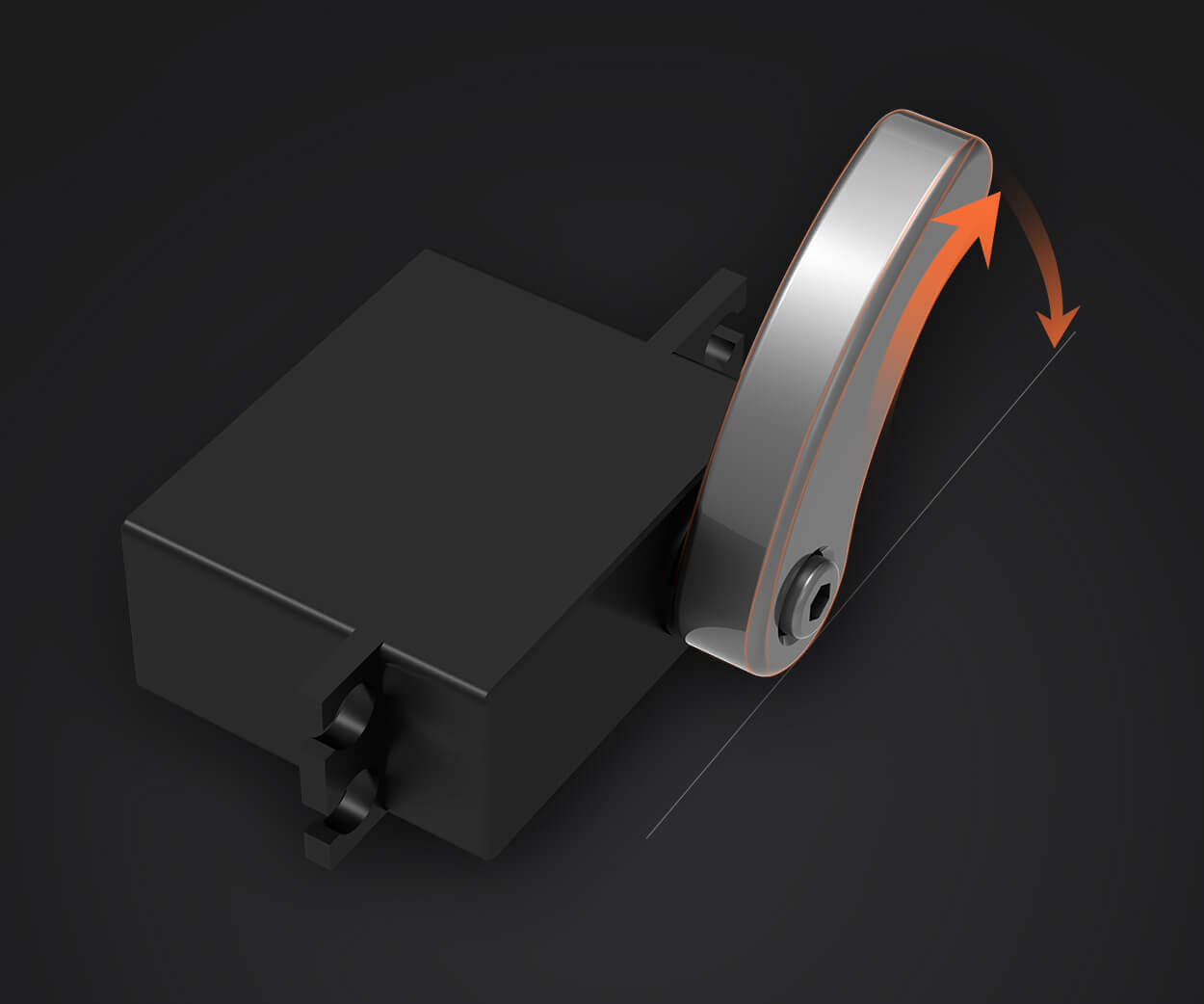Ever stared at a servo motor’s pin out diagram and wondered what all those tiny labels and lines actually mean? It’s a bit like deciphering a secret code—those little clues hold the key to understanding how your servo functions and how to connect it perfectly. Imagine you’re trying to build a robotic arm, and that diagram becomes your map to success. Knowing which wire powers the motor, which one signals the position, and which grounds everything—these details are what keep the project flowing smoothly.

Let’s break down what you see on these diagrams. Usually, it’s a compact layout with pins labeled clearly—power, ground, signal, and sometimes a feedback or voltage reference. Why does this matter? Well, connecting your servo incorrectly can cause it to behave unpredictably, or worse, damage. So, understanding exactly where each pin goes isn’t just helpful; it’s essential. It’s like knowing the ingredients list before baking—that little knowledge ensures your recipe turns out right.
A common question is: how do you identify the right pins? Usually, black or brown wires connect to ground, red to power, and yellow or white handle signal. But that’s not a universal rule—some brands have their own twists. That's where detailed pin out diagrams shine. They give you the precise layout, so no guesswork is involved. Having the diagram in hand feels like having a cheat sheet during a tough exam—confidence level skyrockets.
Now, picture this: you’re adjusting a robotic project, and suddenly, the servo isn’t responding as expected. Could be the wiring, could be the config in your controller. Having that diagram handy allows you to double-check connections quickly, saving time and frustration. Reliable wiring ensures your servo responds instantly, provides precise positioning, and keeps your project running without hiccups.
Think about compatibility too. Not all servos share the same pin configuration. That’s why matching the pin out diagram with your specific model is crucial. It’s like matching socks—preferences aren’t just about color but the fit. If you miss that step, the whole thing might not work, and you end up scratching your head wondering what went wrong.
When choosing a servo motor, pay attention to its pin out diagram first. It’s the blueprint to seamless integration. Whether you’re diving into automation, robotics, or a hobby project, having this diagram at your fingertips is like having a trustworthy guide through a maze. It might seem small, but it’s the bridge between plan and execution.
In a nutshell, understanding the pin out diagram of a servo motor isn’t just for technical nerds—it’s for anyone who’s serious about making their projects work better and smarter. It turns a confusing tangle of wires into an organized, dependable system. No more guesswork, just clean connections and smooth operations. Dive into those diagrams—your project deserves it.
Established in 2005, Kpower has been dedicated to a professional compact motion unit manufacturer, headquartered in Dongguan, Guangdong Province, China. Leveraging innovations in modular drive technology, Kpower integrates high-performance motors, precision reducers, and multi-protocol control systems to provide efficient and customized smart drive system solutions. Kpower has delivered professional drive system solutions to over 500 enterprise clients globally with products covering various fields such as Smart Home Systems, Automatic Electronics, Robotics, Precision Agriculture, Drones, and Industrial Automation.




































